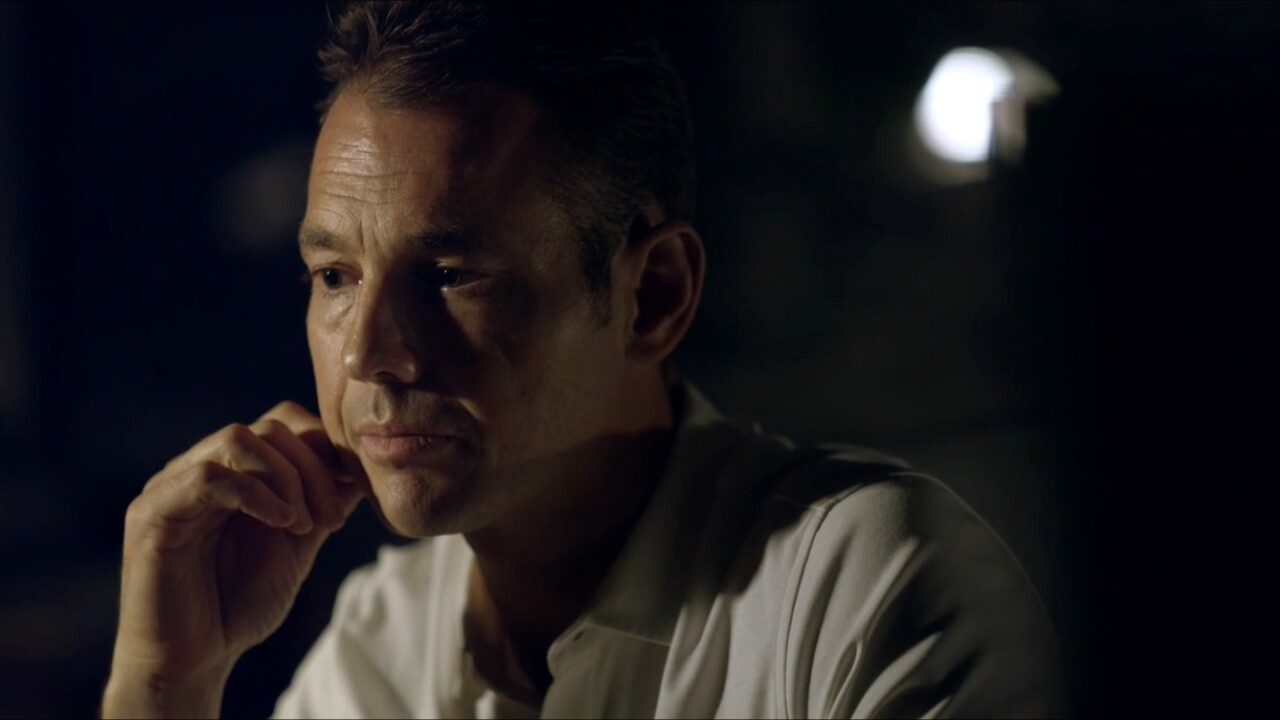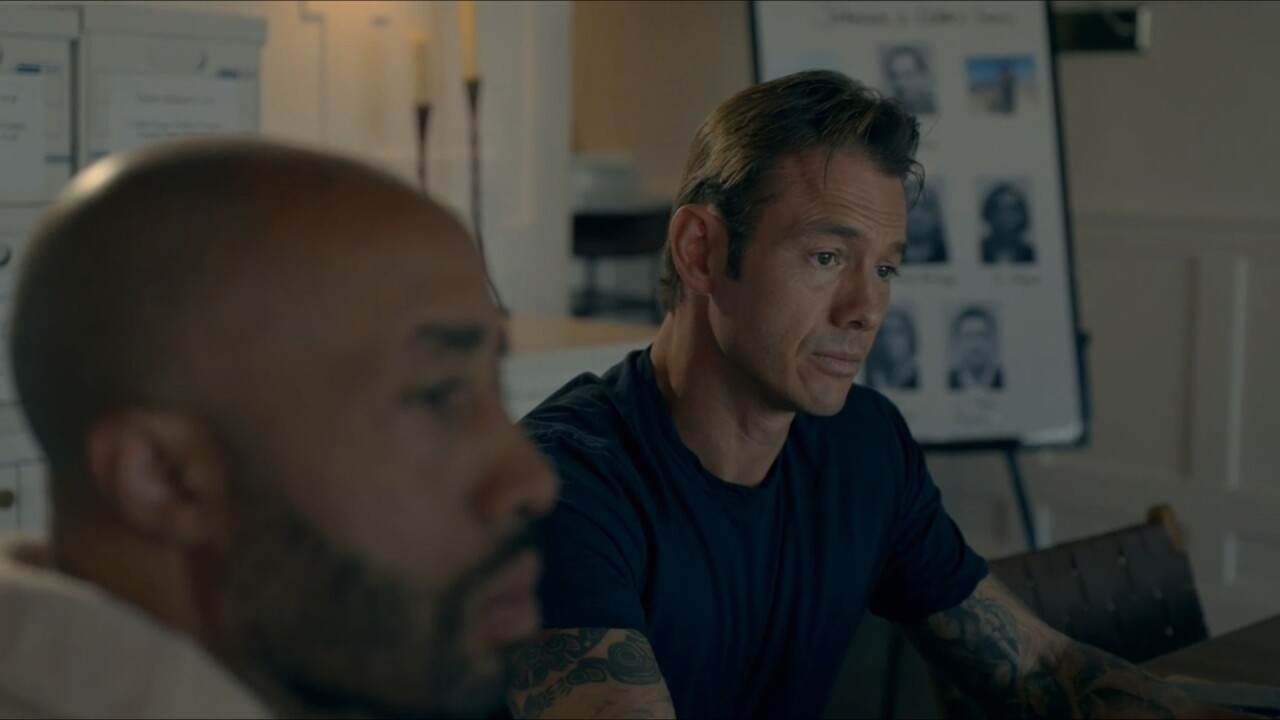Editor's Note: This is the final part in a five-part series about the medical malpractice cap in Montana. Click for Part 1, Part 2, Part 3 and Part 4.
_______________
Of the 30 states that have caps on medical malpractice damages, Montana’s is the lowest at $250,000. The law was passed in 1995 and hasn’t ever been seriously challenged. One way to do it is to get a case for the Supreme Court to rule on - that’s likely on deck, as we’ve told you throughout our series with the Joey Zahara $6 million verdict.
But another is to bring a legislative fight, and that’s where Nick Rowley comes in.
"I grew up poor, I grew up homeless. I vowed that if I ever had the means, the ability to do anything about this law, I’d fight to change it," Rowley said.

From those humble beginnings, Rowley has become one of the most successful trial lawyers in the country. He claims settlements and verdicts totaling over $2 billion, many of them in medical malpractice cases because of one simple reason.
"Everything is stacked against you if you’re a healthcare patient," Rowley said.
His first medical malpractice case came as a California law student. A mother of three died of cervical cancer after a misdiagnosis. Rowley went into mediation asking for $3.5 million and was laughed at.
"(The defense lawyer) said, ‘There’s a limit. The most you can get is $250,000,'" Rowley recalled. "'Don’t you know about MICRA?’”
MICRA, or the Medical Injury Compensation Reform Act, is California’s version of the cap, passed in 1975. It's the blueprint for what exists in Montana today. Rowley hadn’t heard of it then, but he knows more about it than just about anyone now. It’s why he spent millions of his own money trying to overturn MICRA over the past few years. He didn’t, but he did get the cap raised significantly with California Assembly Bill 35:
- Non-economic damages increase from $250,000 to $350,000 in non-death cases
- Damages increase from $250,000 to $500,000 in wrongful death cases
- Cap raises incrementally next 10 years to $750,000/$1 million, then raises two percent each year after for inflation
"It’s a step in the right direction," Rowley said.

Throughout his fight, Rowley has pointed particularly at the cap's bias against women, children, and seniors, many of whom can't recoup economic damages related to lost wages in a case and rely solely on non-economic payments.
"People call it tort reform. No, it's civil rights reform," he said. "You're putting a one-size-fits-all cap on the value of children's lives because a child doesn't have economic value. So the value of their life is capped. Stay-at-home parents, retired parents, all of their lives are subject to a one-size-fits-all cap."
Rowley now has his eyes set on his new home. He and his family have lived in Montana for the last six years, and he’s ready to go to battle again.
"Trial lawyers in California weren’t all lined up the way they are in Montana, to fight for the people," he said. "I think if there’s a place in the country we’re going to earn a victory, it’s going to be in Montana."

Montana’s $250,000 cap is significantly lower than its neighbors. North and South Dakota’s caps are each $500,000. Idaho’s is $430,000 but increases every year based on inflation, and Wyoming doesn’t have one - in fact, they have a constitutional provision prohibiting caps. That’s what Montana’s trial lawyers are hoping for.
"I would like to live long enough to see this cap declared unconstitutional," said Billings attorney Steve Harman, "and return the right to jurors to render a fair verdict."
Earlier in our series, we met T.J. Reifer. He was the jury foreman in Sept. 2022 for Zahara vs. Advanced Neurology Specialists, where the jury awarded Joey Zahara a $6 million verdict. But that jury didn’t know their verdict could very likely be capped at only $250,000.
"The possibility of it being a fraction - there's a big difference between $6 million and $250,000 - it feels like we wasted our time," Reifer said.
The judge still has not made a decision on the cap. Whichever way he rules, the decision will likely be appealed to the Supreme Court. Several cases have reached this point before - most recently, Jaimi Espy, a Miles City woman who won $2 million in non-economic damages after being nearly completely blinded by surgery. A Yellowstone County judge capped the award and she appealed, but it took her six years to get that verdict, and she couldn’t keep going.
"I may not have been able to reach my ultimate goal, but I have a voice that needs to be used for the benefit of my fellow Montanans," Espy said.

Espy settled her case in September 2022, meaning the Supreme Court has still never ruled on the cap’s constitutionality.
Joey Zahara says he’s determined to take the fight to the end. If he does, lawyer Daniel Flaherty believes they’ll change the industry forever.
"I always believed in my heart that in the arc of this cap, if we got a result that a jury found in favor, justice won’t take that away from him," Flaherty said.
Note: MTN reached out to multiple healthcare facilities for this series and were directed to the Montana Medical Association. MTN also reached out to multiple insurance companies with no response.





